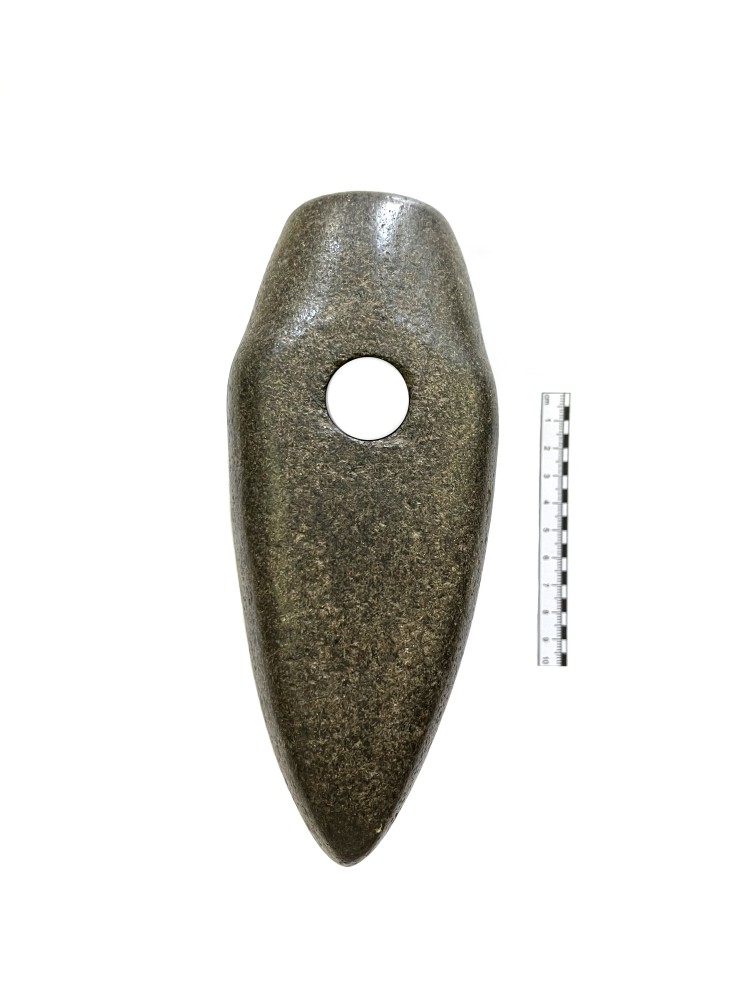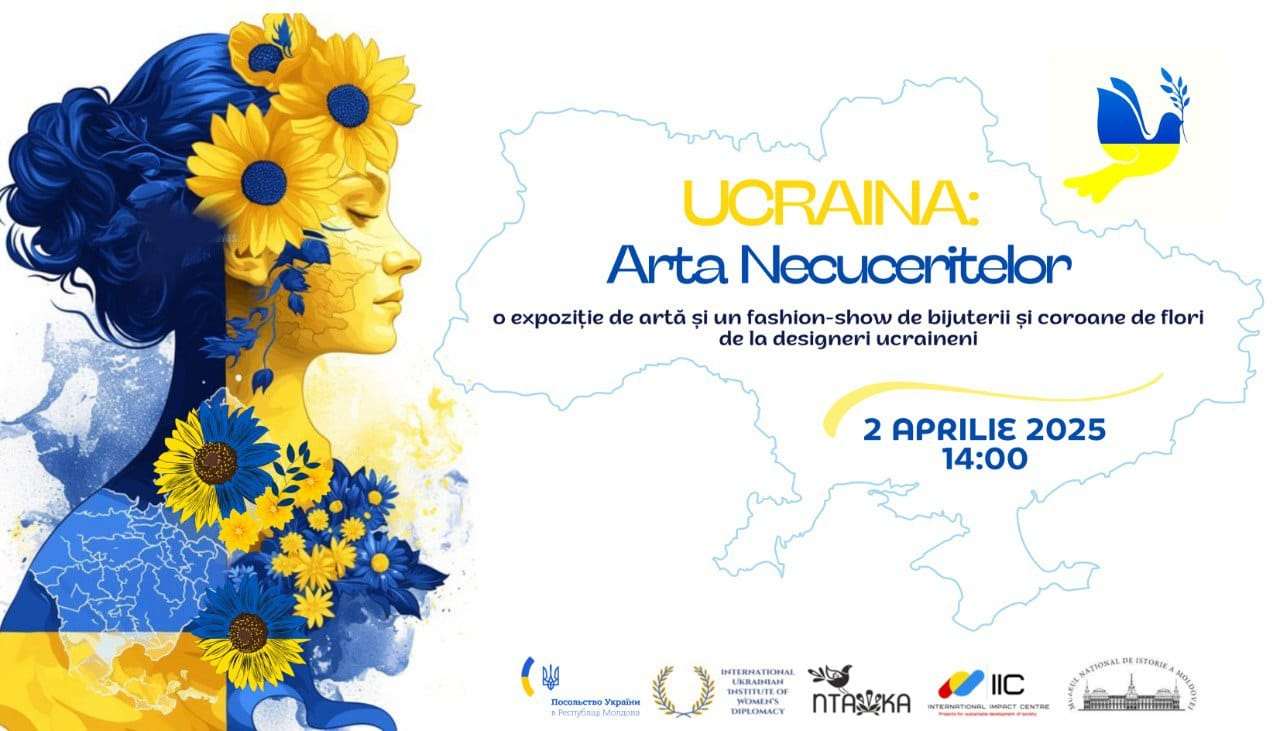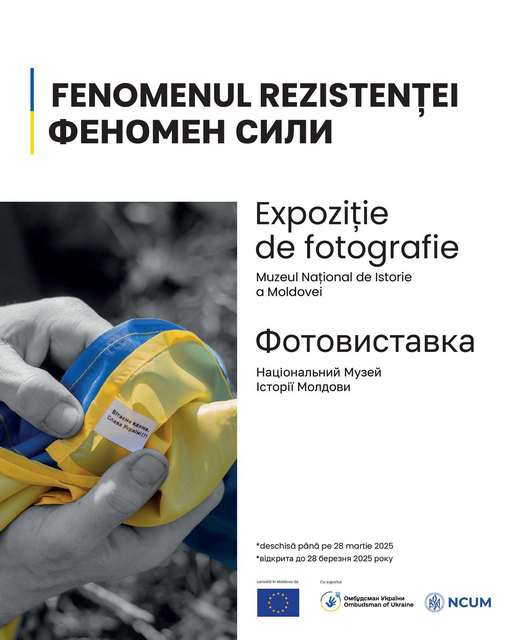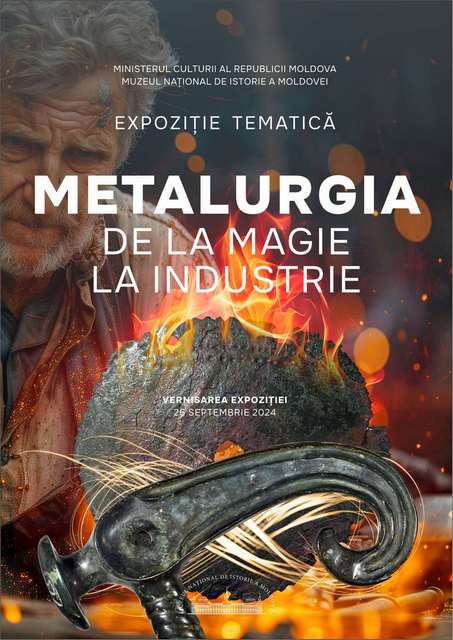  Events Archive Events Archive
Book Launch: Ion Țurcanu – "Izvodul pătimirilor"
September 12, 2024
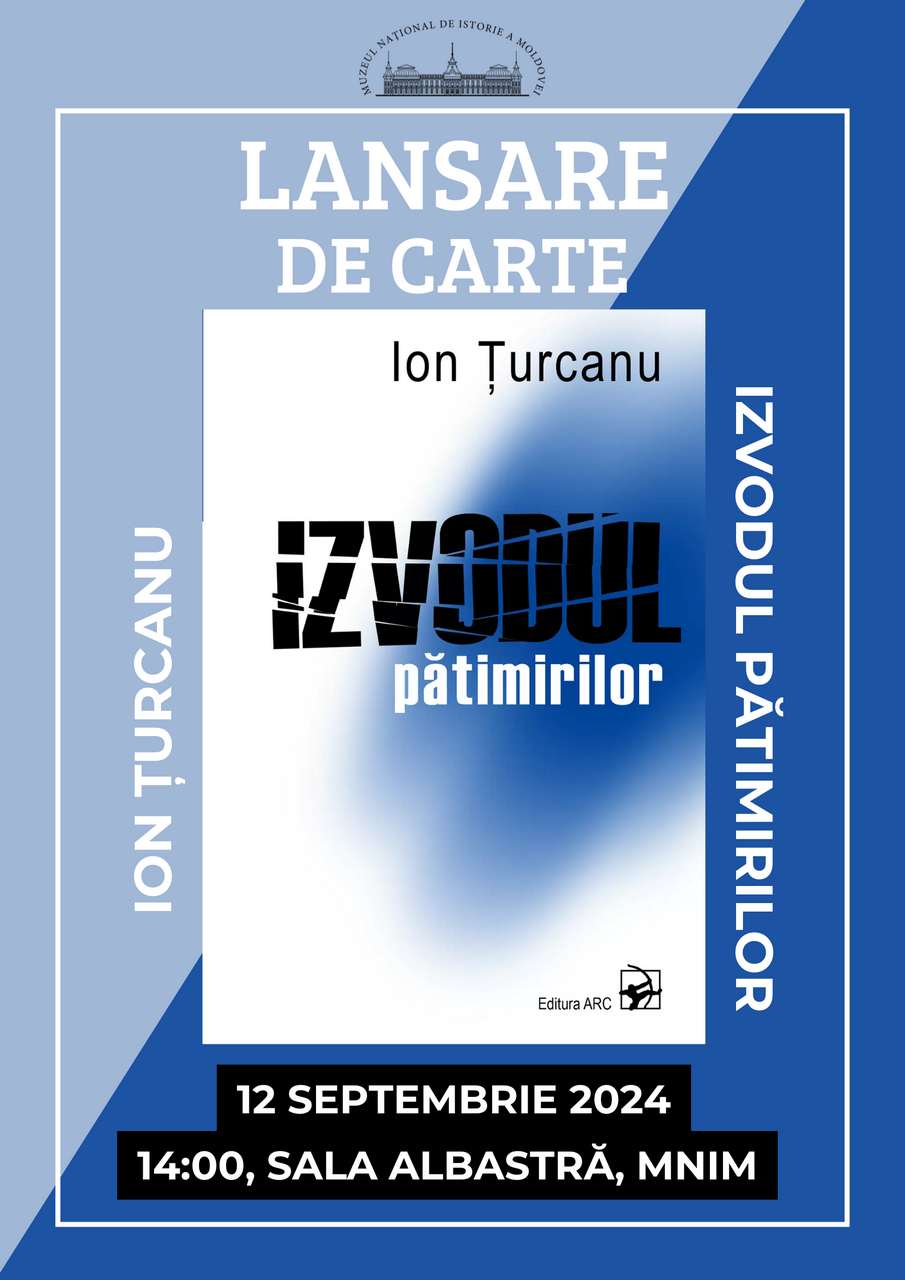 On September 12, 2024, the Blue Hall of the National Museum of History of Moldova hosted the launch of "Izvodul pătimirilor" by Ion Țurcanu, recently published by ARC. The book brings to the forefront one of the most distressing periods in the recent history of Bessarabia - the famine of 1946-1947, a devastating episode that profoundly impacted the region's social and demographic structure. On September 12, 2024, the Blue Hall of the National Museum of History of Moldova hosted the launch of "Izvodul pătimirilor" by Ion Țurcanu, recently published by ARC. The book brings to the forefront one of the most distressing periods in the recent history of Bessarabia - the famine of 1946-1947, a devastating episode that profoundly impacted the region's social and demographic structure. The event gathered a diverse audience, including historians, researchers, and individuals interested in contemporary Moldovan history. The launch was moderated by the author, Ion Țurcanu, who provided a detailed introduction to the book's content and the historical context in which the famine occurred. He spoke about the extensive research and documentation process that underpinned this volume, highlighting the sources and materials used to offer readers a clear understanding of this tragic phenomenon. The event also featured special guest speakers, renowned historians Igor Cașu, Ion Șișcanu, and Anatol Țăranu, who made brief contributions to the subject, emphasizing the importance of thoroughly researching this period to grasp the full scope of the famine's consequences on the Bessarabian population. They pointed out the significance of Ion Țurcanu's book in complementing the existing historical literature on the topic and stressed the value of such works in preserving the region's historical memory.
The audience actively participated in the discussions, engaging with the author and guests through a Q&A session. This interactive segment was a key part of the event, allowing for a deeper exploration of post-war issues, as well as the economic and social policies that led to the famine in Bessarabia. The launch of "Izvodul pătimirilor" was organized in partnership with the National Museum of History of Moldova and was a successful event, drawing significant interest from the general public. It provided a unique opportunity for attendees to delve into a challenging yet crucial subject for understanding Bessarabia's past and the social and economic transformations of the post-war period. Through this event, the National Museum of History of Moldova reaffirmed its commitment to promoting high-quality historical research and supporting academic debates on major topics concerning the history and culture of the Republic of Moldova.
|
 31 August 1989 St., 121 A, MD 2012, Chisinau, Republic of Moldova
31 August 1989 St., 121 A, MD 2012, Chisinau, Republic of Moldova



